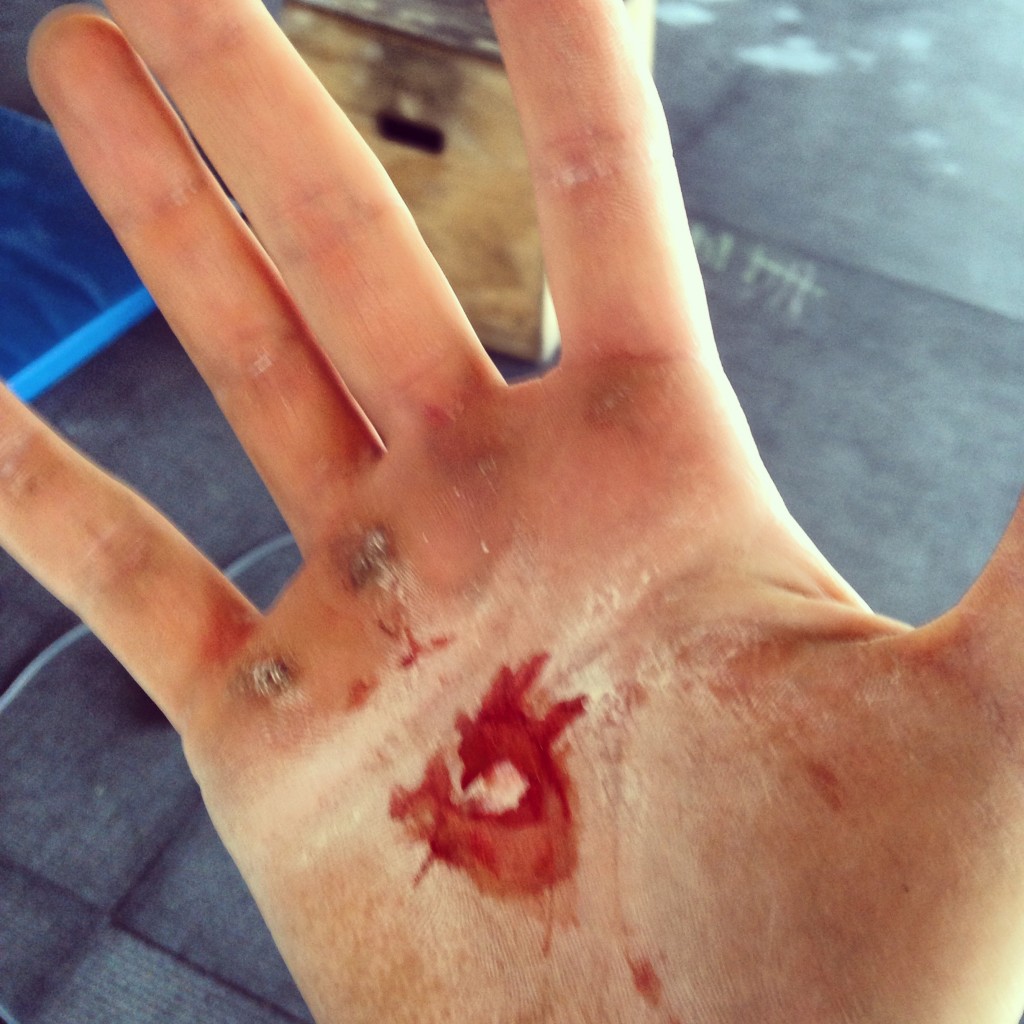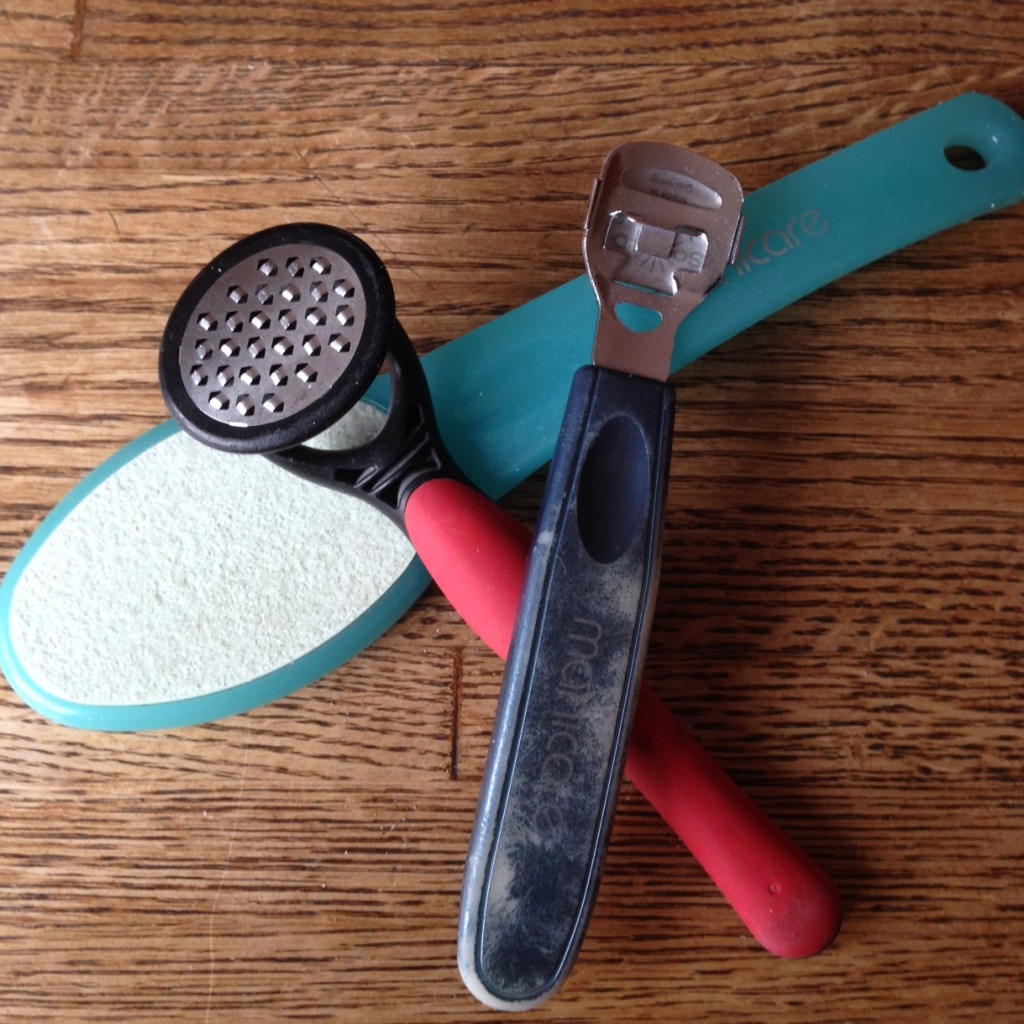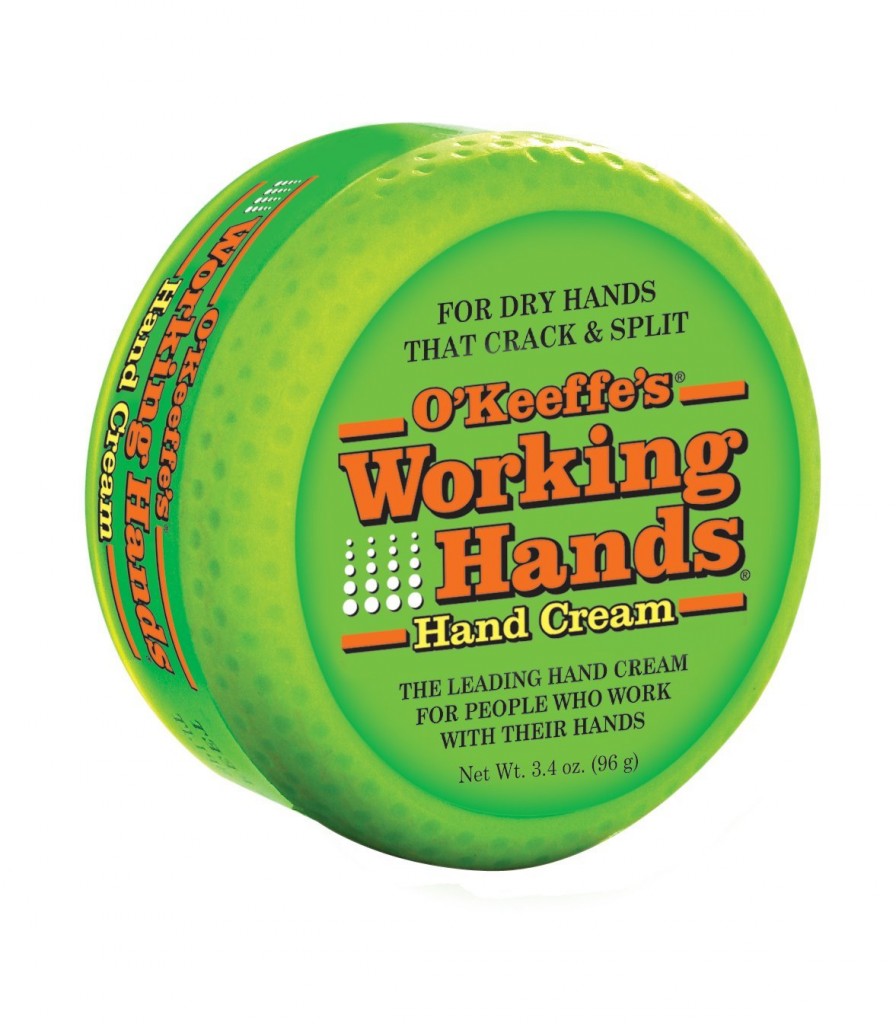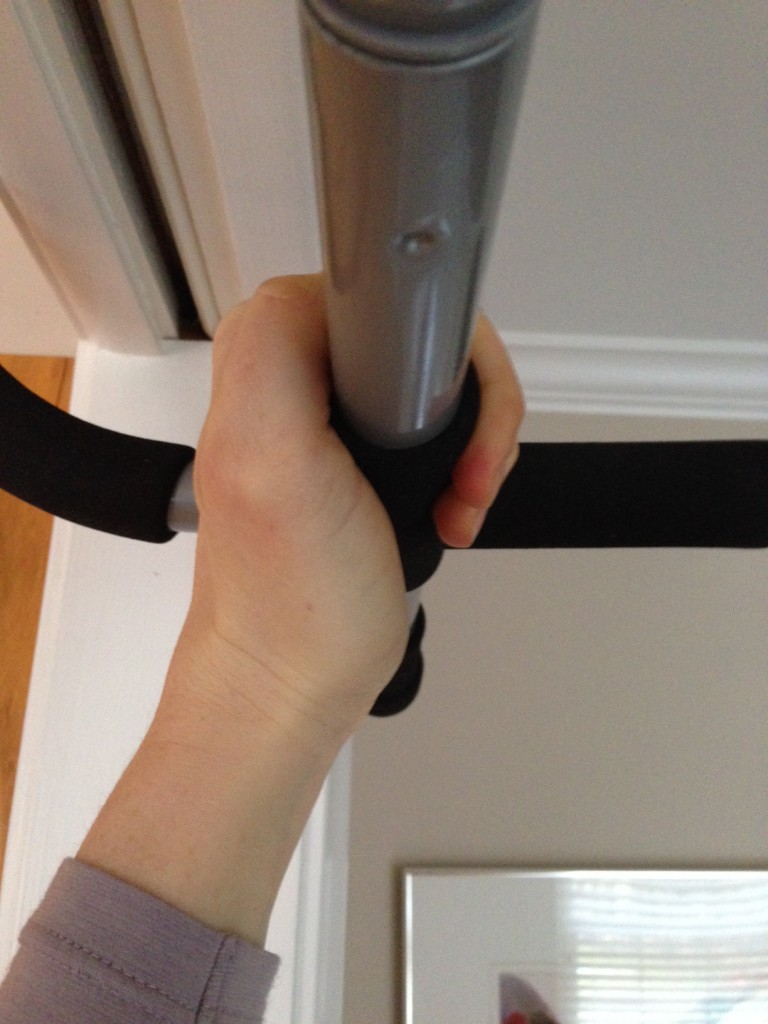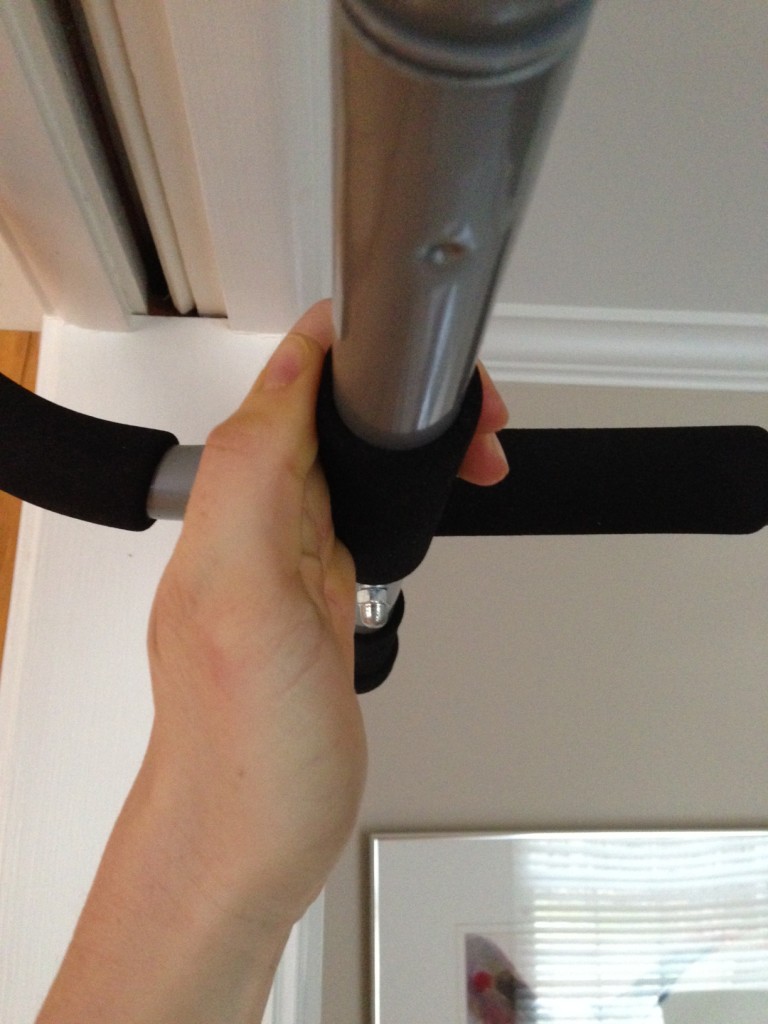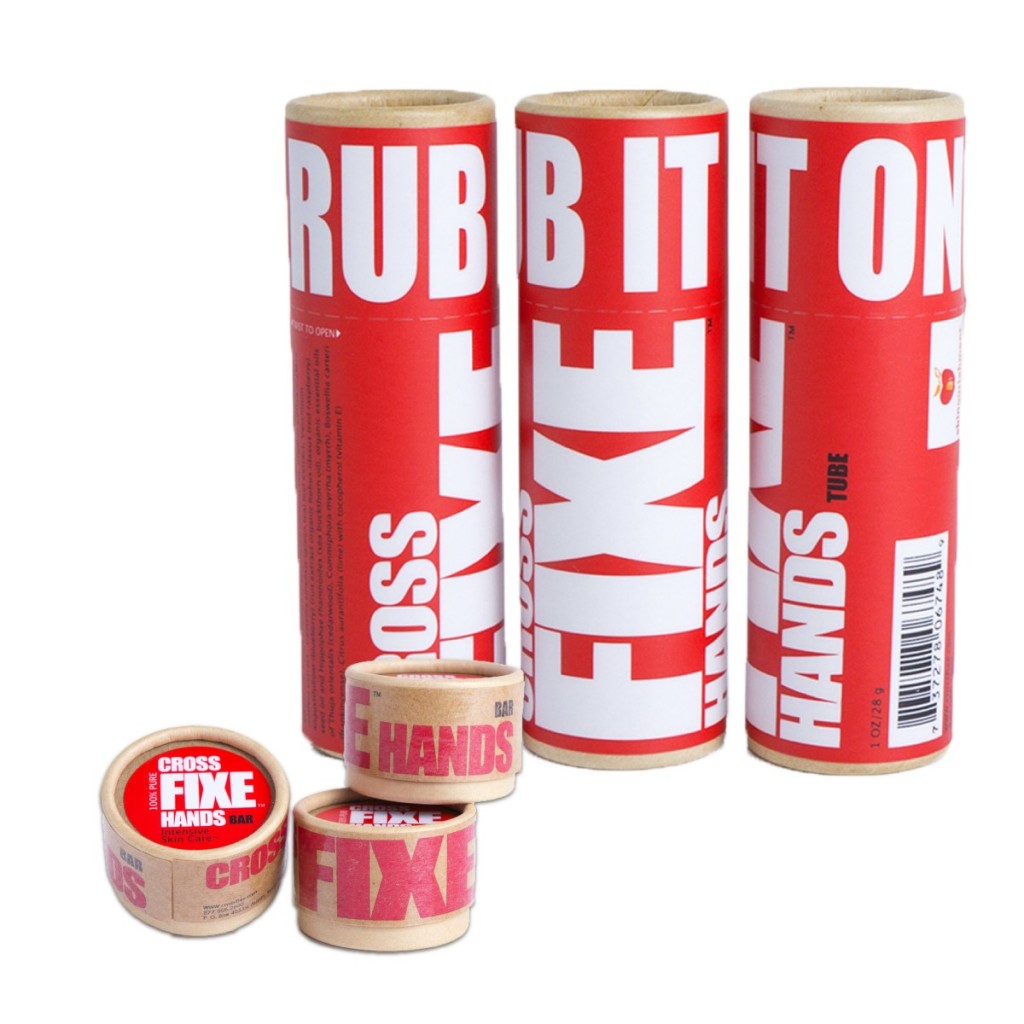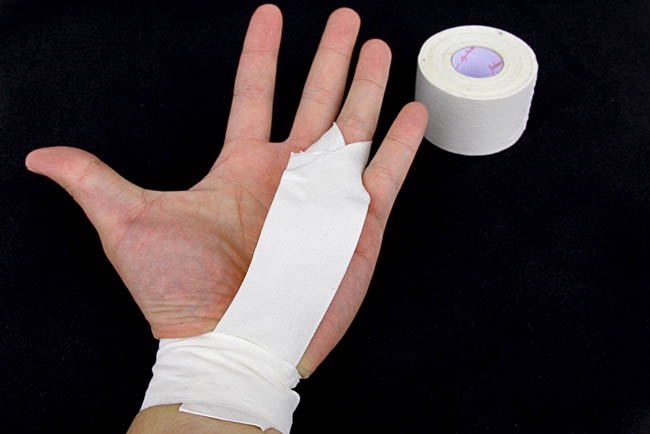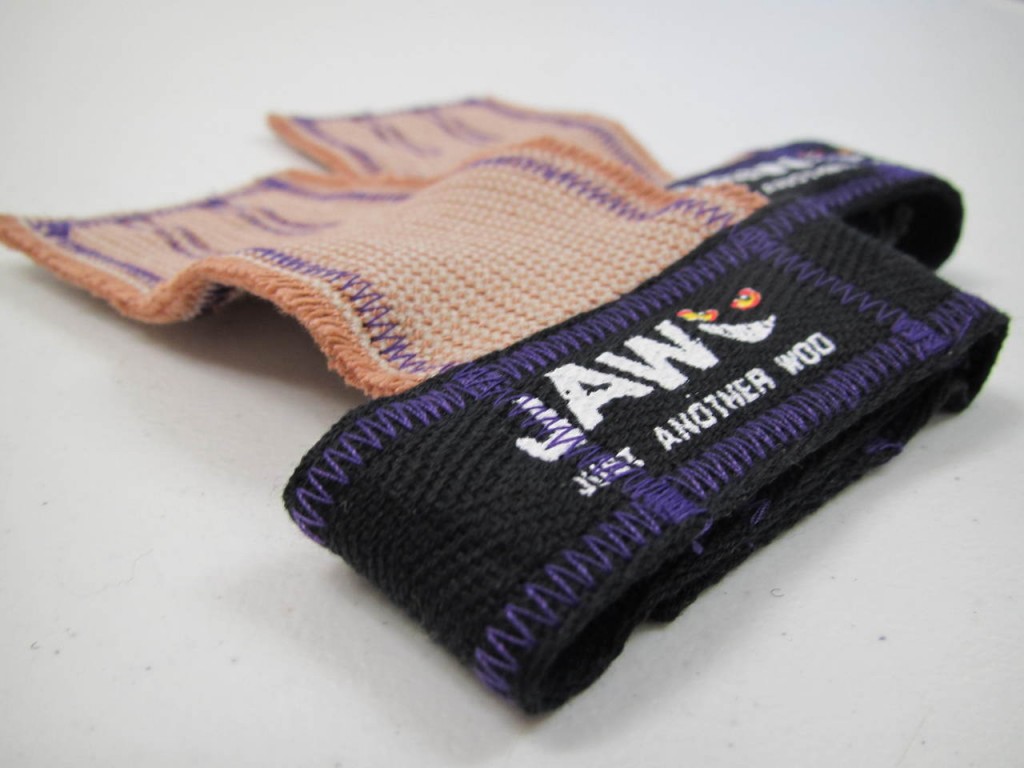Painful palms are an inevitable reality of CrossFit. We wear them as a badge of honor, and I’ll be the first to admit I’ve posted a photo of my bleeding palms on Instagram. (That’s my right hand post-Murph.) That said, there really is nothing cool about tearing your hands. It hurts, it’s gross and it’s a really good way to set your training back a week or two. So here’s my advice on preventing and managing hand damage at CrossFit.
As well as the many positive changes you will see in your body when you start CrossFit, you will develop calluses on your hands and fingers. Congratulations, you know you are officially a ‘CrossFitter’ when your day job is attorney but you have the hands of a manual laborer. These calluses do have functional purpose and although it may feel a little grizzly, particularly for the ladies, the formation of thicker skin on your hands is important in CrossFit.
Hand Maintenance
That said, once you have built up tough skin on your hands, it is very important to be vigilant in the maintenance of your calluses. Ideally, you want a smooth layer of thick skin to form over your palm and fingers. Any raised edges or bumps have the potential to cause injury. Excessive calluses are what cause bloody, painful hands, as they will pinch on the bar and blister. Keeping calluses smooth is the first step in preventing tears.
What tools should you use? A pumice stone is the least drastic approach and can be effective. After you shower and dry your hands, use the stone to remove excess dead skin and any ridges or rough edges. Don’t overdo it- you want a your hand to be one thick, smooth callus, not red and raw.
Another popular choice is a callus shaver. Use these very carefully to remove any excessive calluses, but do not cut too deep. I would recommend only removing large ridges and bumps with this, then filing the hand smooth with a pumice stone or file. You could also use a double edged razor or a very sharp knife with extreme care. I have found a knife to be the most successful method as long as it is used very gradually and carefully so as not to leave new rough edges. Never shave your hands shortly before a workout and always leave a layer of thick skin so you don’t jeopardize your workout the next day.
Always in my gym bag
As well as callus removal, it is important to keep your hands moisturized. Chalk and washing sucks the life out of your palms, so lotion them every day, and always after you shave them. Cracked, dry skin will increase your chances of leaving your DNA on the bar and will prevent your hands from healing, so invest in a good moisturiser. Jordan recommends O’Keeffe’s Working Hands Cream to use on a daily basis.
How you grip the bar can also increase or decrease the chance of tearing. When the bar sits all the way into the palm, you are more likely to rip (see image below, left). Instead, you should try and hold the bar while keeping your hand and the first bones of your fingers in line (see image below, right). It will be harder at first, requiring significant finger and forearm strength. Practice hanging with this grip for as long as you can, scale back to fewer reps or jumping or band pull-ups for a while, and eventually you will get used to it. Gripping the bar lower in the palm will be a stronger grip and you may want to use this for competitions and benchmarks, but if you are trying to avoid hand injury on a daily basis, gripping the bar in the fingers is the way to go.
Hand Casualties
Maybe you followed all my recommendations but your hands still didn’t stand a chance against that high volume pull-up WOD, or maybe you have being severely neglecting the health of your palms. Tears happen, and when they do you want to do everything you can to minimize them so they don’t interfere with your training for the next few weeks.
If you know it’s going to happen, just stop. No one cares if you finish a WOD RX but you, and it is never worth bleeding on the bar and the training set back. If a blister starts to form during toes to bar, go to V-ups. If a callus starts to snag on pull-ups, do ring rows. If you get blood on the pull-up bar or any other equipment, wipe it off with disinfectant. This is the only time we ask you to wipe down the bar, as cleaning them strips the finish and leaves them slippery. Accidents happen, but if you can avoid it, even if it hurts your ego, please do. Look after the equipment for all of us.
That said, sometimes you just don’t realize until you look down and your palms are a mess. If this happens, follow these steps to speed up recovery.
- Wash all the chalk and dirt out of the wound, thoroughly.
- If there is a big flap of skin, trim it or gently tear it off cleanly, taking care to leave undamaged skin intact.
- Use an antibiotic ointment like Neosporin to prevent infection and keep it moisturized to promote healing.
- Keep it covered with a gauze or bandage for the first day or two, or until it begins to heal.
- Prevent it from drying out by continuing to apply ointment and lotion as it heals. crossFIXE Hands is a great all-natural product that claims to promote healing, is soothing and most importantly, will keep the wound from cracking. I love this stuff and use it on tears, as well as dry skin.
Make disposable grips out of tape to wear when you return to training. Just wrapping your hands with tape doesn’t help; you just get a bunched up, sticky mess. Check out these step-by-step instructions for making simple but effective grips. While these provide some protection for your hands, be careful because you can continue to make tears worse or infected if you don’t let them heal. Using grips on high rep pull-up or muscle up workouts can also be an effective way to prevent hand injuries.
Gloves and Grips
Why not wear gloves to prevent tearing? If you want to give them a try, please go ahead. They work well for some people, particularly if your line of work requires callus free hands. That said, there is a reason most people in a CrossFit box don’t wear them. They will reduce your connection to the bar, which is very important on the Olympic lifts, and can make movements like kipping pull-ups feel awkward. I would recommend trying gymnastics grips, such as the few I’ve linked below, for pull-up bar work if your hands are driving you nuts. I’ve had success with the JAW grips in the past, though over time my hands have toughened and I rarely have use for them anymore.
http://www.roguefitness.com/rogue-v2-gymnastic-grips
https://www.againfaster.com/shop/gym-essentials/again-faster-grips/
http://www.wodshop.com/just-another-wod-jaw-pullup-hand-grips/
It takes time to strengthen your hands, just as it does the rest of your body. Practice proper palm maintenance, avoid tears at all costs and train with a ‘finger’ grip, and you will develop resistant, strong skin on your hands.


